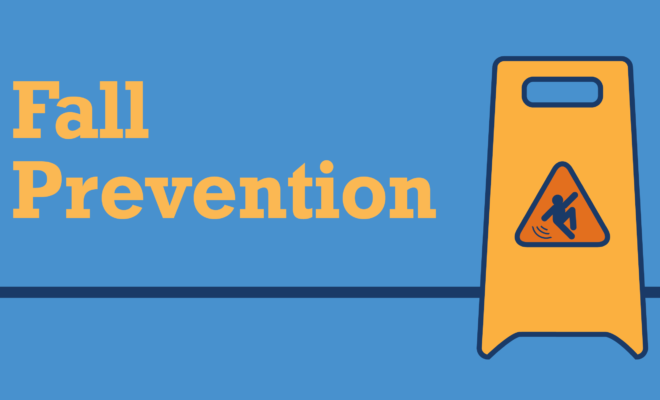
Health & Wellness
HED: Steps Toward Falls Prevention
We have all experienced a loss of balance at one point or another. With age that loss can have greater consequences.
How Common Are Falls?
According to the CDC and the National Council on Aging, every 13 seconds an older adult is treated in the emergency for injuries that are the result of a fall.
On average, I see 15 patients per week with injuries that are the result of a fall. Once a patient falls, it’s a very serious event with injuries that range from broken hips to head trauma. With 10 years in orthopedic medicine and sports medicine, I’ve seen falls drastically alter a patient’s quality of life. If an injury requires surgical intervention, it will ultimately result in the loss of a level of function. If they walked without a cane or a walker before they fell, they’ll often need one afterwards.
If you’re 65 years or older, you have a 1 in 3 chance of falling. However, it’s possible to help prevent this loss by addressing factors that put you at risk before you fall.
What Causes a Fall?
Falls can generally be classified into either mechanical or non-mechanical. A mechanical fall is a standard trip and fall that occurs due to loss of balance or an obstacle. Too often I’ve seen patients who have fallen during routine movements. Simple adjustments like getting out of bed or a car can result in fall.
Non-mechanical falls can be the result of a heart attack, stroke or misuse of medication. With proactive measures, both types of falls can be prevented to a degree. Mechanical falls are by far the most common, yet also the easiest to prevent.
Community Resources are Available
We have great resources in our community like the falls prevention and balance program at Pines of Sarasota. Their program assesses risks that could lead to falls that are both mechanical and non-mechanical. Pines of Sarasota does this risk assessment as a community outreach. It is complimentary. No charge. The name of it is Ready & Steady – A Plan for Better Balance.
It’s a really solid program and I recommend it because of its comprehensive process which includes:
• A CDC questionnaire about activity levels, medications and health conditions.
• A “Timed Up and Go” test. With this timed test, a person gets up from a seated
position, walks 10 feet, then returns to the chair and sits down.
• The final test uses the BIODEX balance system for three 20-second trial exercises.
These three steps are evaluated and recommendations are provided. If you know what your weaknesses and your risk of falling are, and you take a proactive approach to restoring your balance, it’s easier to prevent a fall.
Preventing a fall with simple education and, if indicated, with treatment therapy far outweighs the consequences of a fall. If you can pinpoint the problems before they happen and take steps to mitigate a fall, well, that does a lot more in helping a patient’s lifestyle and their overall health than treating the injury after the fact. Bottom line – be proactive in assessing and keeping your balance.



You must be logged in to post a comment Login